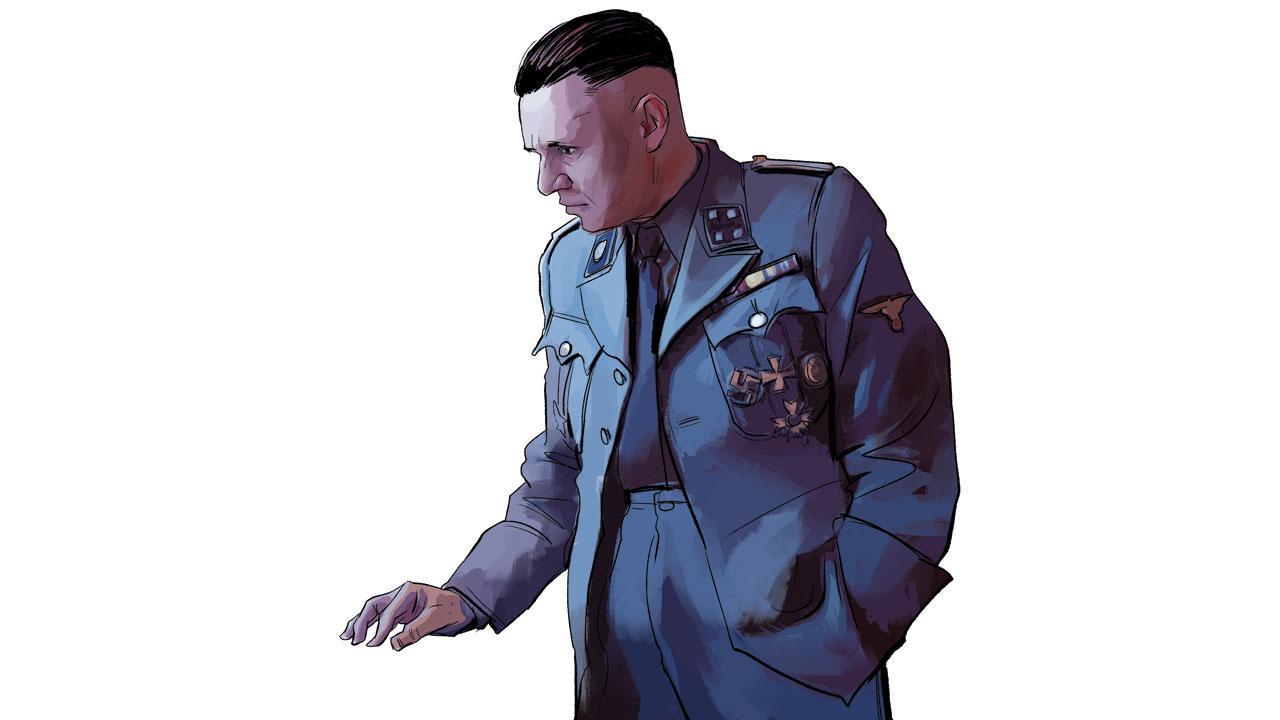Stunning Zone of Interest
Updated On: 10 March, 2024 06:47 AM IST | Mumbai | Meenakshi Shedde
The film opens and closes with a black screen, in which we hear sounds from the camp and strain to make out what they are

Illustration/Uday Mohite
![]() Jonathan Glazer’s The Zone of Interest is an absolutely jaw-dropping film that has deservedly notched five Academy nominations—and the Oscar winner will be announced today, March 10. This US-UK-Poland co-production is the latest Holocaust film to get Oscar glory: its nominations include Best Picture, Best Director, Best Sound, Best Writing (Adapted Screenplay) and Best International Feature Film, UK.
Jonathan Glazer’s The Zone of Interest is an absolutely jaw-dropping film that has deservedly notched five Academy nominations—and the Oscar winner will be announced today, March 10. This US-UK-Poland co-production is the latest Holocaust film to get Oscar glory: its nominations include Best Picture, Best Director, Best Sound, Best Writing (Adapted Screenplay) and Best International Feature Film, UK.
The film had already won the Grand Prix and the FIPRESCI prize at Cannes. Rudolf Höss, the Nazi commandant of Auschwitz, one of their key extermination camps, and his wife Hedwig, try to build a dream life for their family in a beautiful house and garden, right next to the camp walls. The title comes from the Nazi description of Auschwitz as a zone of interest, a neutral euphemism that concealed the horrors of their operations: six million Jews were murdered in the Holocaust, including 1.1 million people at Auschwitz, mostly Jews.



